Why isn’t Hobart’s northern rail line being used to run a passenger train service?
This was the question asked by an anonymous audience member as part of our ongoing Curious Hobart series, where you ask us a question by filling out the form at the bottom of this story.
Ben Johnston, president of the Hobart Northern Suburbs Rail Action Group, can’t fathom why there isn’t a passenger service on Hobart’s north-south rail corridor.
“With Hobart’s congestion problems and a housing crisis, the re-use of a Hobart rail line, to me, and many others, seems like a no-brainer,” he said.
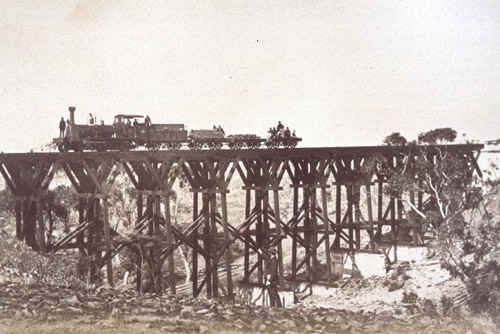
In days gone by, Tasmania had an extensive rail network.
There were lines to Scottsdale in the north-east, Smithton and Stanley in the north-west and the Derwent Valley in the south, as well as numerous short branch lines to Oatlands, Mole Creek, Roland and Nietta.
Until 1926, there was even a train running between Bellerive and Sorell.
Tasmanian Transport Museum Society president Rod Prince said passenger trains ran from New Norfolk into Hobart until 1974.
“Even in 1974, there were still 26 weekday services running from Hobart to New Norfolk, Bridgewater and Brighton but mostly to the Cadbury and Risdon factories,” he said.
Mr Johnston said in the 1870s you could get from Granton to Hobart faster by public transport than you could now.
“The old steam trains used to go from Claremont to Hobart in around 20 minutes. The current so-called express bus takes around 40 minutes in peak times,” he said.
Rail line left to the weeds
Passenger rail services started to decline after World War II with most branch line services limited to freight traffic.
Demand for services between the main towns and cities was sustainable until the mid-1960s when increased car usage and increasing suburban sprawl saw it fall away.
In 1974, Hobart’s passenger service came to the end of the line, but freight haulage continued.

These days, TasRail operates a freight service from Brighton in the south to Western Junction near Launceston and to the port of Bell Bay in the north-east and Burnie in the north-west.
For 140 years, freight trains would travel as far south as Macquarie Point on Hobart’s waterfront, but that service ended four years ago when the rail freight service moved its base 25 kilometres north of the city to Brighton.
Now the line between Hobart and Brighton is mostly unused.
According to Mr Prince, the only activity on the line is “a high rail vehicle passing through occasionally inspecting track and corridor for hazards … and a contractor spraying the grass and weeds”.
Push to establish light rail

Some want to see the line repurposed as a light rail link.
Mr Johnston said a modern electric train would make the journey from Bridgewater to Hobart in about 25 minutes, stopping at New Town, Moonah, Glenorchy, Berriedale and Claremont along the way.
Estimated to cost $100 million, the project would see light rail trains run at 12-minute intervals but it is yet to get the green light despite a number of investigations and reports into the feasibility of such a project and funding discussions.
“Unfortunately it’s really only an item of interest to politicians around election time and then in between elections it all seems to get too hard,” Mr Johnston said.
“I’m told it’s going to be a key part of a Hobart City Deal if and when that happens, so I hope that does happen and I hope it’s money to actually build the project rather than just do more studies.”
Why no passenger train to the north of Tasmania?
There was a time when you could catch a train between Hobart and Launceston.
In 1872 the Tasmanian Main Line Railway Company built the line between Tasmania’s two main cities with the first train running in December 1875.
“It wasn’t the fastest way to get from north to south but it certainly was a very comfortable and scenic way to go,” Mr Johnston said.
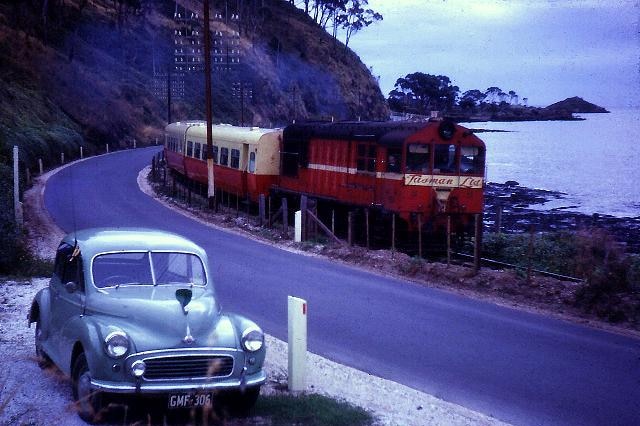
Mr Prince said until the late 1960s Hobart, Launceston and towns in the north-west were serviced by a Monday to Saturday service known as the Tasman Limited.
“There was also an evening and Sunday service between Hobart and Launceston with a rail motor also running on Fridays between Parattah and Hobart.”
But Mr Prince said the north-south passenger train was slow going due to the topography.
“It took five hours to travel from Hobart to Launceston and just over eight hours from Hobart to Burnie,” he said.
A modern train would struggle to reduce travel times because steep gradients and sharp curves limit train speeds.
Mr Prince said the cost of re-establishing a train passenger service between north and south would be prohibitive.
“Personally, I don’t think the demand would be there, especially when you look at the running times between the north-west coast and Hobart.
“A modern rail motor may take an hour or so off the 1974 journey time, but would the slow journey appeal to travellers other than rail fan-style tourists?”
Could there be an appetite for a rail revival?
As well as the push to build a light rail link, the Transport Museum is working on running its locomotives and carriages on a 4.5-kilometre section of track between Glenorchy and Chigwell.
Rod Prince admitted it had been a difficult and time-consuming task but hoped to start using the track in the second half of 2019.
“There are many hurdles to jump before then and we are yet to identify all the costs associated with establishing this service and if we can get the funding,” he said.
He said the most realistic opportunities for rail development in Tasmania were tourist routes — along the north-west coast from Penguin to Devonport, in the Derwent Valley, from Hobart to Granton and along the north-east line near Lilydale.


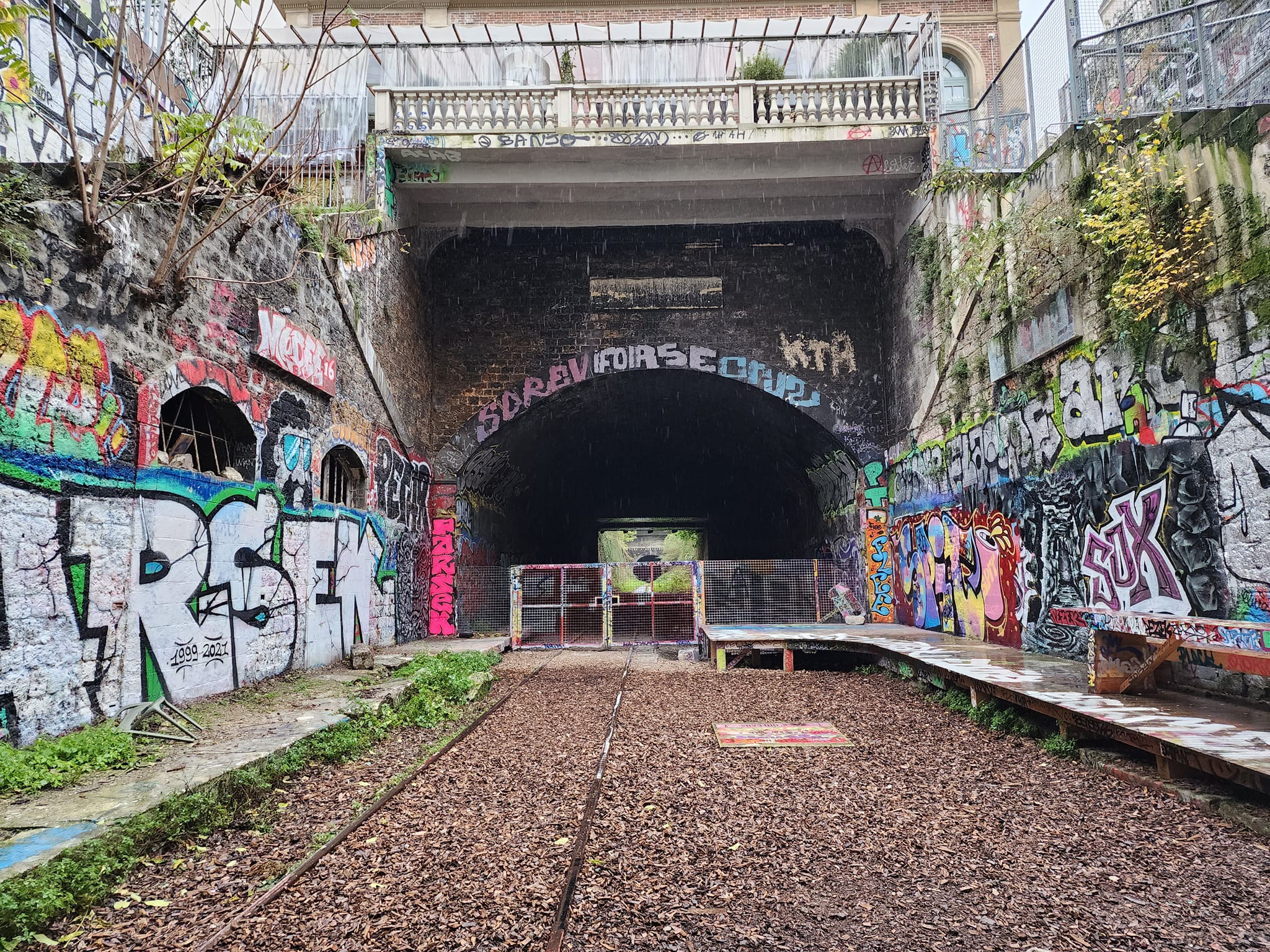
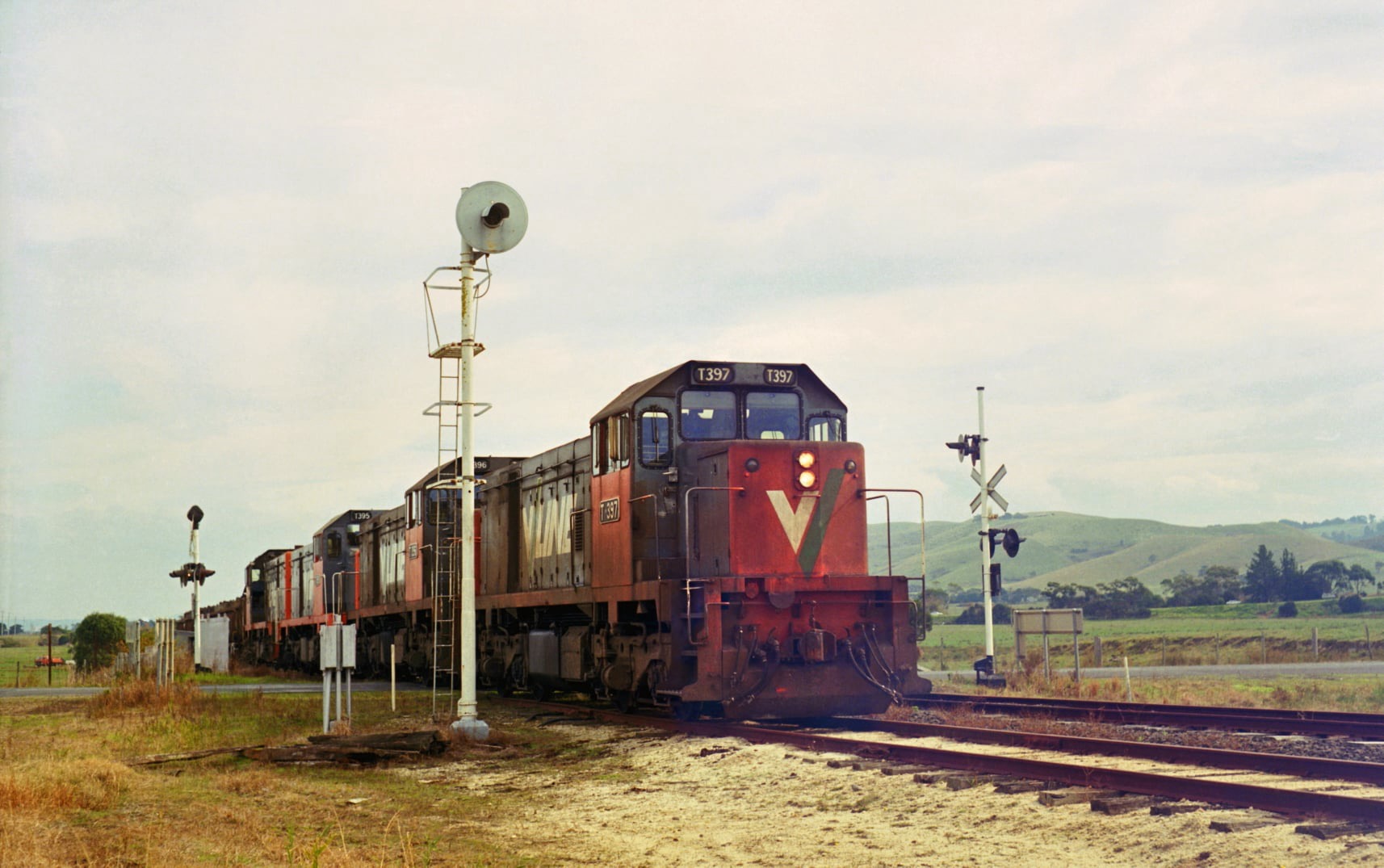
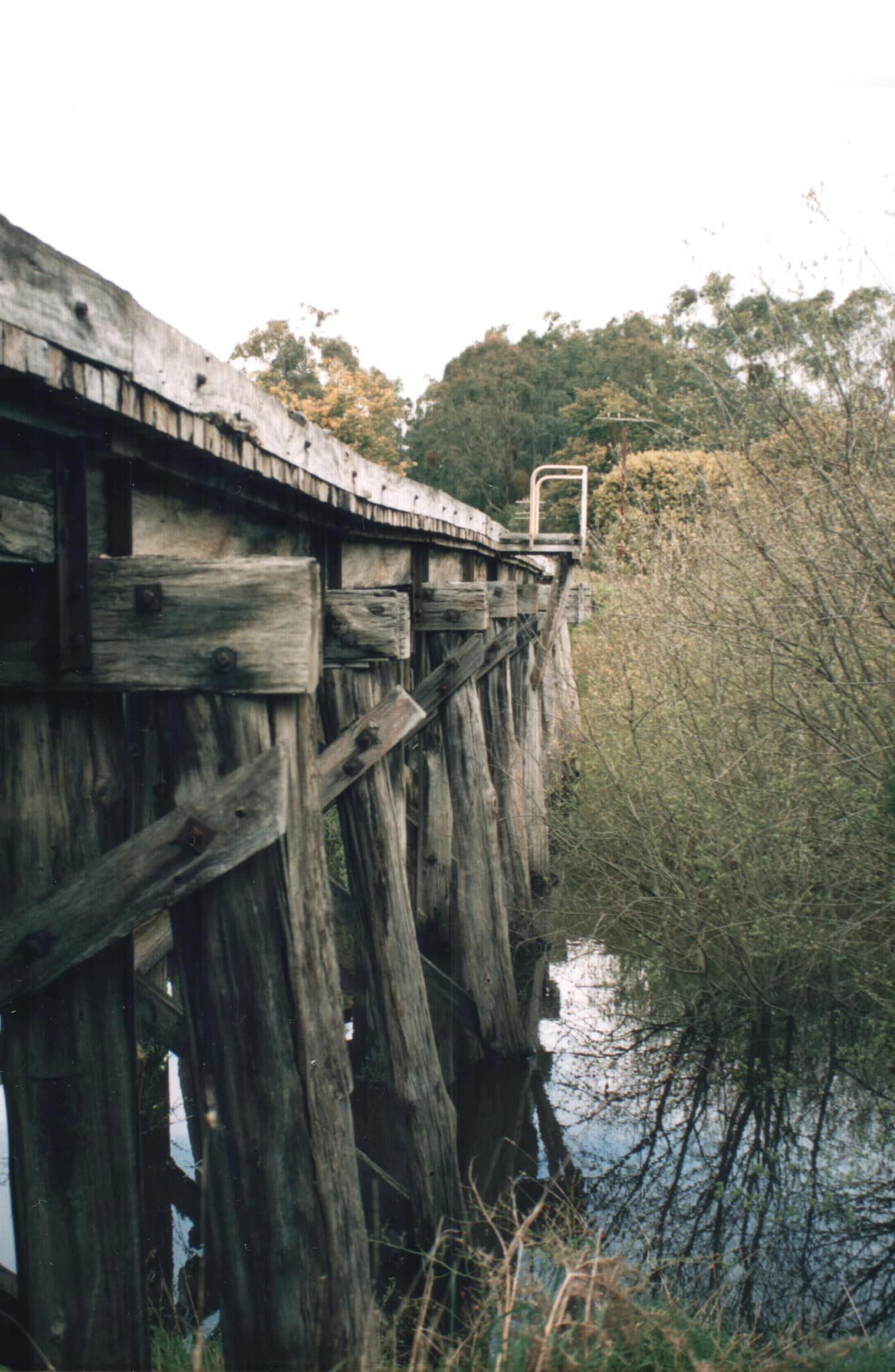
As a Victorian it’s none of my business but I can’t figure out why. They are gold plating everything to blow out the cost
They sure are in Victoria not sure about Hobart maybe they cannot afford to do that.